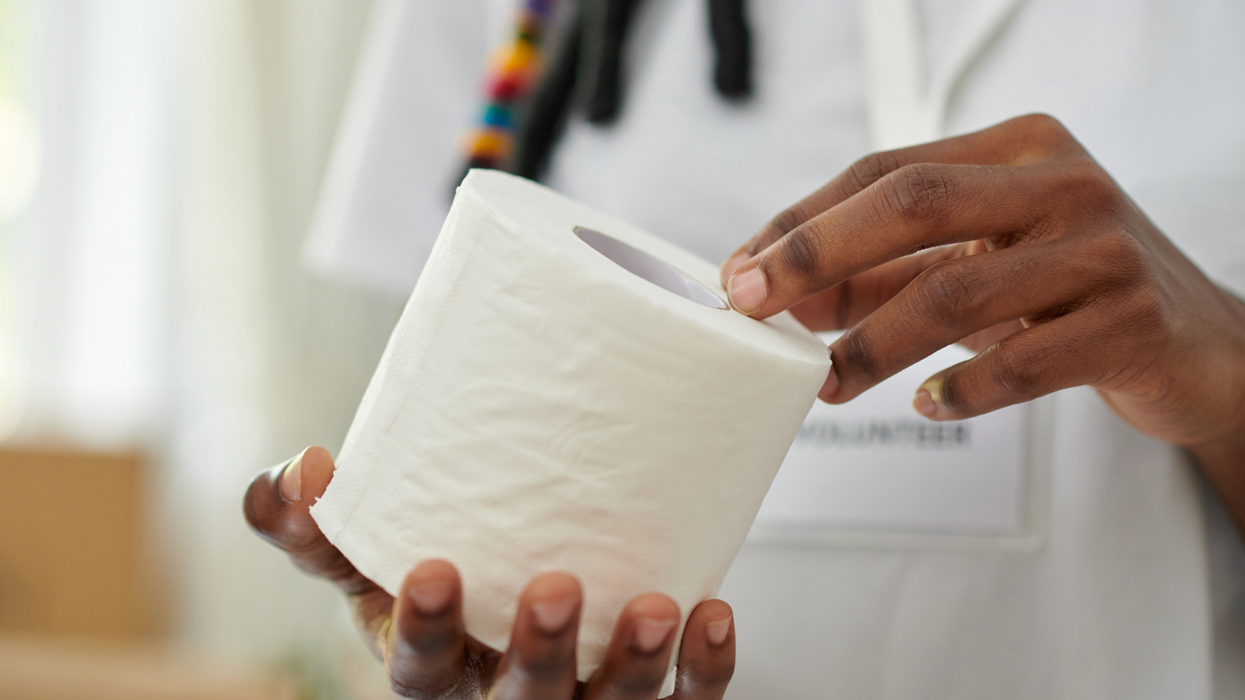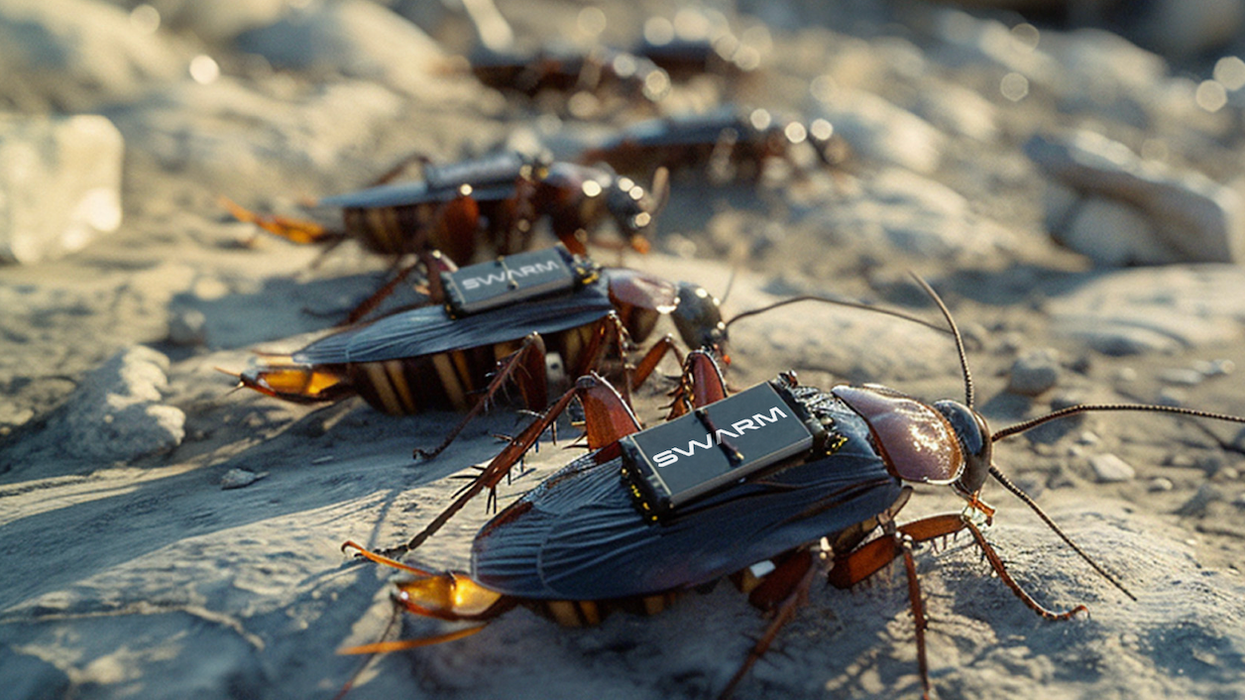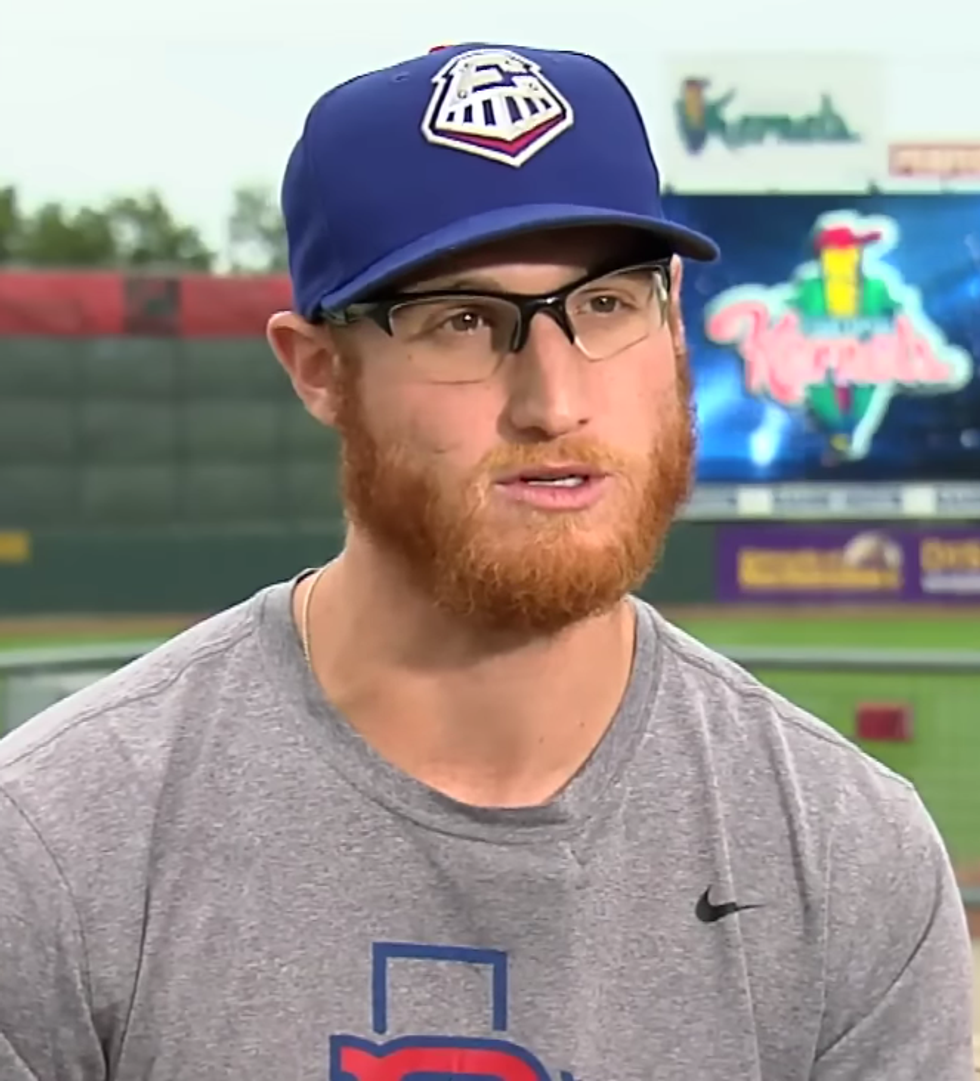Spacecraft are engineered with numerous complex components, including engines, steering systems, and communication systems. Among these is the coolant, a crucial element of the spacecraft’s thermal control system, designed to regulate temperatures inside the craft. In October 2023, a team of Russian cosmonauts found a leak in their spacecraft’s coolant, leading to the discovery of a potentially toxic blob. When they reported it to Roscosmos, the Russian Space Agency, they were instructed to leave the area immediately.

Cosmonauts Oleg Kononenko and Nikolai Chub of Roscosmos were aboard the International Space Station (ISS) when they discovered a leak from a backup radiator on the Nauka module, launched in 2021. On October 25, as reported by Space.com, Kononenko and Chub conducted a spacewalk to fix the leak.
Kononenko initially reported, "The radiator is clean. I don't see anything...I do not see any traces of coolant," as per CBS. However, soon enough, he stumbled upon a cluster of “holes” or “black spots” on the radiator panel while he was inspecting the source of the leak. "The holes have very even edges like they've been drilled through," Kononenko was quoted as saying by Space.com, "There are lots of them. They are spread in a chaotic manner."
At this time, the cosmonauts were equipped with cloth towels to soak up any liquid pooling outwards, but the “droplets” had clumped together to form a gigantic “blob” around the leaking coolant body. This made it impossible for them to stop the water blob with pieces of cloth. When this blob reached Kononenko’s safety tether, he was ordered to leave the area immediately by ISS. A rescue spacewalk was arranged, and the cosmonauts left the site.
They fitted a small radar antenna to the module’s outer side and launched a nano-satellite that failed to sail. Kononenko then secured the tether inside a bag, in case it was contaminated with ammonia or other toxic substances. As per NASA, a spacecraft’s coolant has heated ammonia that circulates through the radiators located on the exterior of the ISS. The ammonia circulates in loops and releases the waste heat into space through radiation. While inspecting the coolant leak, Kononenko was doubtful that the ammonia might have seeped inside his safety tether. And so, they retreated from the area.
After a 7-hour and 41-minute spacewalk, the hatch shut closed on October 26. It was Chub’s first spacewalk, and the sixth for Kononenko. After this, engineers were examining the possible causes behind the coolant leak. Although the exact source of the leak was not identified, it was said that the radiator, which the cosmonauts isolated, would be fixed in a future spacewalk.



















 A woman looks at post-it notes while thinking Canva
A woman looks at post-it notes while thinking Canva Two women on a couch are having a conversationCanva
Two women on a couch are having a conversationCanva A father and son sit on a porch talking Canva
A father and son sit on a porch talking Canva A woman paints on a canvasCanva
A woman paints on a canvasCanva A student high-fives with his teacherCanva
A student high-fives with his teacherCanva

 A road near equatorial Atlantic OceanCanva
A road near equatorial Atlantic OceanCanva Waves crash against rocksCanva
Waves crash against rocksCanva
 Older woman drinking coffee and looking out the window.Photo credit:
Older woman drinking coffee and looking out the window.Photo credit:  An older woman meditates in a park.Photo credit:
An older woman meditates in a park.Photo credit:  Father and Daughter pose for a family picture.Photo credit:
Father and Daughter pose for a family picture.Photo credit:  Woman receives a vaccine shot.Photo credit:
Woman receives a vaccine shot.Photo credit: 
 Image artifacts (diffraction spikes and vertical streaks) appearing in a CCD image of a major solar flare due to the excess incident radiation
Image artifacts (diffraction spikes and vertical streaks) appearing in a CCD image of a major solar flare due to the excess incident radiation
 Brady Feigl in February 2019.
Brady Feigl in February 2019.
 Yonaguni Monument, as seen from the south of the formation.
Yonaguni Monument, as seen from the south of the formation.